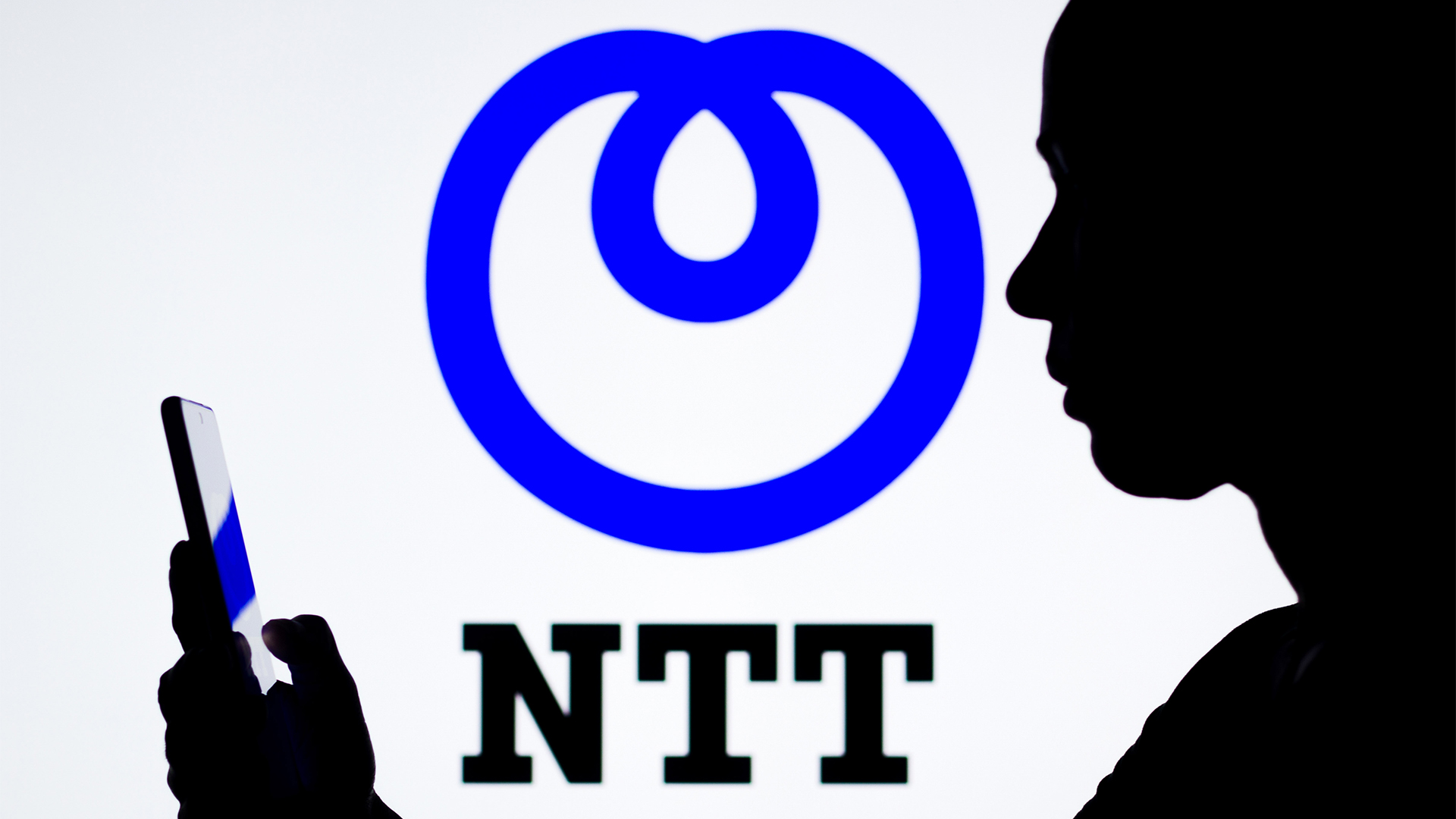NTT just “combined” multiple data centers using low latency networks
NTT said the new network could let two data centers work as one, easing planning constraints and driving efficiency for customers


NTT claims to have essentially combined two data centers nearly 100 kilometers apart by using novel techniques to cut connection latency.
NTT Data and NTT Corporation used an All-Photonics Network (APN) to connect and transmit between data centers north and east of London.
Using APN, researchers recorded a round-trip delay of less than one millisecond. A similar demonstration at data centers located in Northern Virginia achieved similar results, the firm said.
According to NTT Data, the aim of the initiative is to transform geographically distributed IT infrastructure into the functional equivalent of a single data center.
"The data center market is under severe local constraints. Carbon dioxide emission restrictions and land shortages have made it difficult to build data centers in urban areas, forcing operators to turn to the suburbs," the company said in a statement..
"Yet with geographically distant data centers, delay of communication, or latency, can be very high, making it difficult to meet customers' needs for low latency."
The UK demonstration involved connecting the HH2 and Lon1 data centers in Hemel Hempstead and Dagenham respectively, which are 89km apart.
Get the ITPro daily newsletter
Sign up today and you will receive a free copy of our Future Focus 2025 report - the leading guidance on AI, cybersecurity and other IT challenges as per 700+ senior executives
NTT said tests conducted over 100 Gbps and 400 Gbps links showed the two APN-connected data centers in the UK operated with just 0.9 milliseconds of latency, and with a delay variation, or jitter, of less than 0.1 microsecond.
A typical current value over that distance, according to cloud connectivity provider Megaport, would be two milliseconds.
The company said the advantage of using APN in this capacity is that lines can be activated simply by adding wavelengths without needing to install new dark fiber, thereby enabling data center operators to respond very quickly to customer demand.
NTT sees the network being particularly useful for emerging use cases such as distributed, real-time AI analysis, including industrial IoT and predictive maintenance, smart surveillance systems, smart grid and energy management, and natural disaster detection and response.
It's also carrying out demonstrations in the financial sector, where low latency is required for remittances, settlements, and transactions.
The difficulty of finding appropriate sites for data centers is becoming ever more pressing, with planning permission often refused on environmental or other grounds.
The problem is particularly apparent in Ireland, home to a number of large tech firms. According to figures from Ireland's Central Statistics Office (CSO), electricity consumption by data centers rose by a third between 2021 and 2022, and by 400% from 2015.
Since 2021, permission for new data centers has only been granted to those with a suitable location, the ability to use back-up generators, and the ability to reduce power consumption when requested.
Long-term, data center operators could leverage APN to alleviate pressure.
"Network performance can unite geographically distributed data centers, addressing real-estate constraints and green-energy requirements," it said.
Emma Woollacott is a freelance journalist writing for publications including the BBC, Private Eye, Forbes, Raconteur and specialist technology titles.
-
 Enterprises face delicate balancing act with data center sustainability goals
Enterprises face delicate balancing act with data center sustainability goalsNews High energy consumption, raw material requirements, and physical space constraints are holding back data center sustainability efforts, according to new research from Seagate.
By Emma Woollacott
-
 Cleo attack victim list grows as Hertz confirms customer data stolen
Cleo attack victim list grows as Hertz confirms customer data stolenNews Hertz has confirmed it suffered a data breach as a result of the Cleo zero-day vulnerability in late 2024, with the car rental giant warning that customer data was stolen.
By Ross Kelly